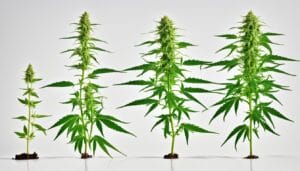Cannabis-Plant-Life-Cycle

#image_title
Subscribe to our newsletter
Your dream garden is a subscription away!
Join our email list and enter our Monthly Seed Giveaway.
Imagine the possibilities each month as you await your chance to win.
By clicking the "Subscribe now" button, I agree and accept the privacy policy of Search
Engine Journal.
More About Us On Instagram
Join our instagram community NOW.
OPEN
INSTAGRAM
;)
;)
;)
;)
;)
;)
RESPONSES (0)
No responses yet. Be the first to respond!